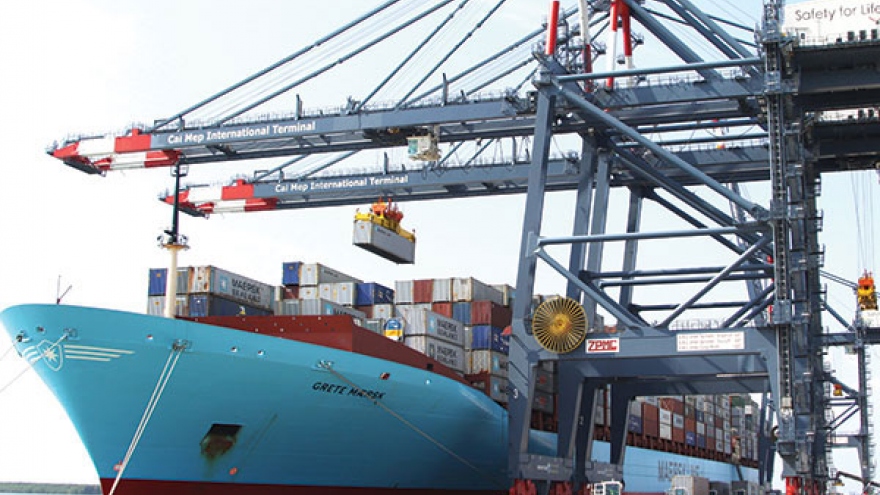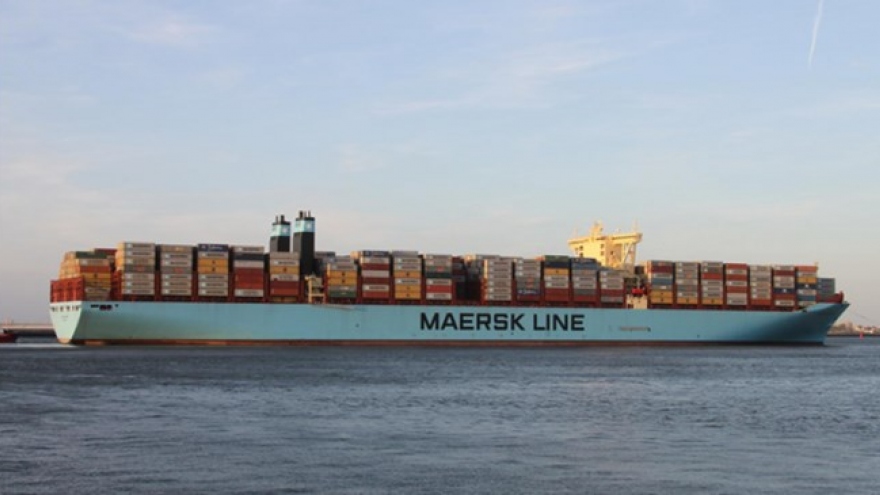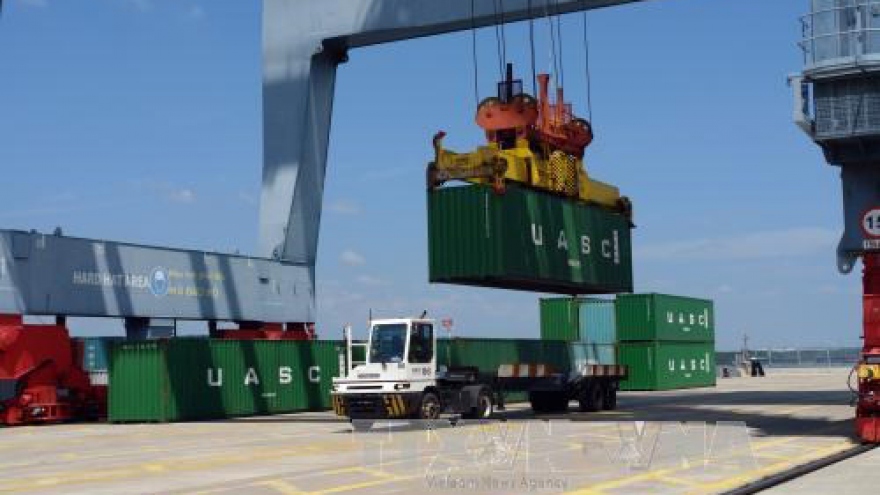CMIT’s strong growth bolsters Vinalines-A.P Moller-Maesk cooperation
Global shipping giant A.P. Moller-Maersk Group and state-run Vietnam National Shipping Lines (Vinalines), the country's largest shipping company, have agreed to boost cooperation in the future as their joint venture port Cai Mep International Terminals Ltd. is posting strong growth.
 |
Especially, the call of Margrethe Maersk, an 18,000 TEU-Triple-E container ship, the world’s largest, at CMIT in early 2017 affirmed the long-term commitment of the group with Vietnam and Vinalines, Wurtzen added.
The two sides agreed to boost cooperation in providing Vinalines' domestic transportation services and increasing services and human resources quality.
A.P. Moller-Maersk is also interested in cooperation with Vinalines to invest in a number of projects, such as Lach Huyen Port, and Vinalines' initial public offering (IPO), which will be launched at the end of this year.
A.P. Moller-Maersk now has APM Terminals, one of the world's leading global port operators, and Maesk Line as members.
As APM Terminals is a foreign partner of Vinalines in CMIT, the terminal is considered an important part in A.P. Moller-Maersk's global service chain.
After facing troubles in attracting cargo in the 2011-2015 period, CMIT is enjoying strong recovery in recent years thanks to a number of measures to increase the volume of containers from the northern and central regions to Cai Mep and launching many new services.
In 2016, CMIT reported container throughput of 1.2 million TEUs, meeting its designed capacity, and revenue of $22.64 million.
In the first half of 2017, the terminal made a revenue of $11.4 million, surpassing the target by 3%.
It also handled 187 vessels with a container throughput of 620,834 TEUs, meeting 46.63% of this year's target of 1.3 million TEUs, and rising 7.66 % from the same period last year.



